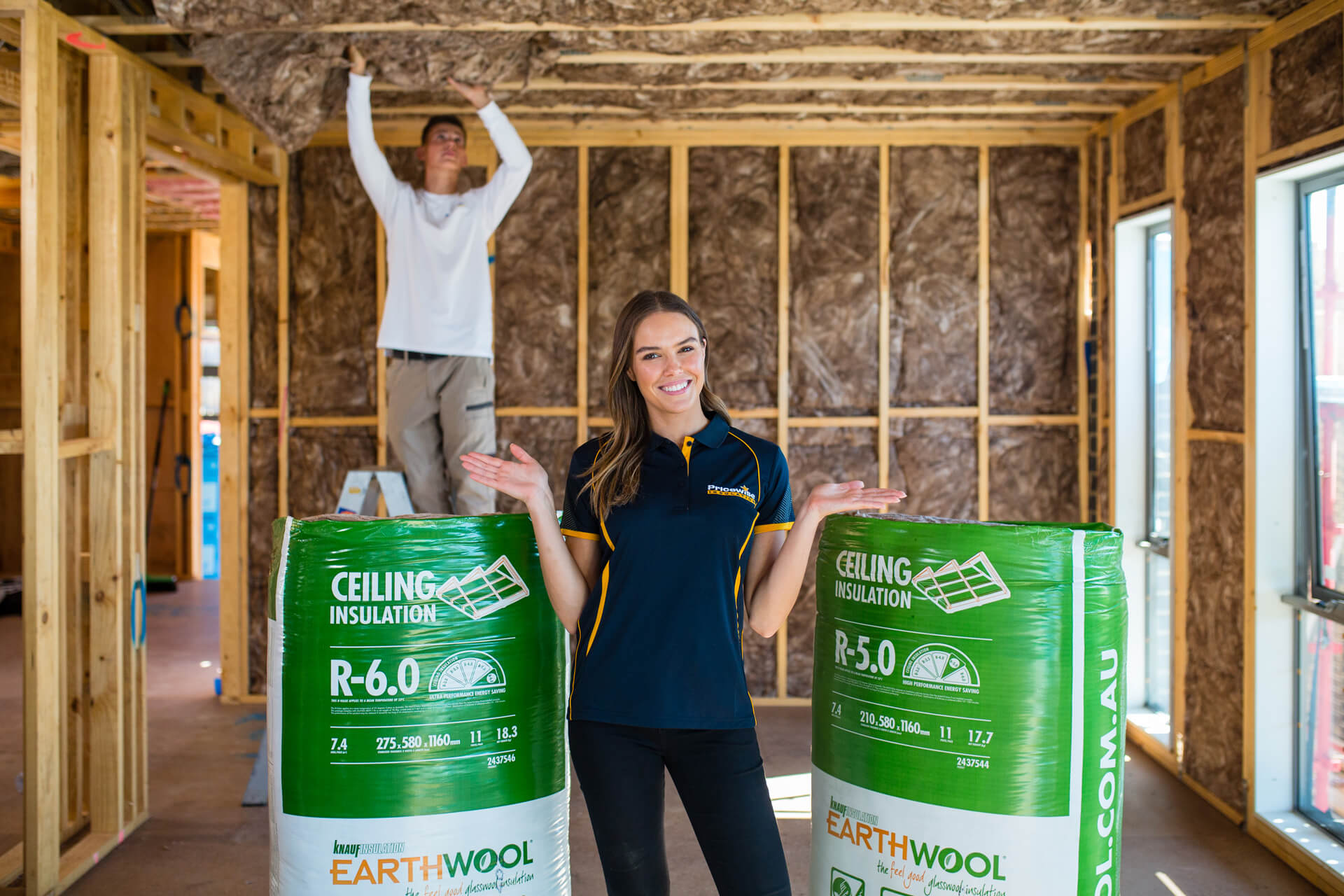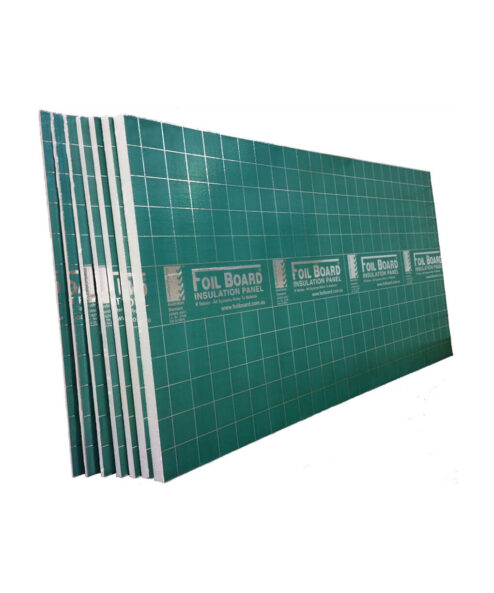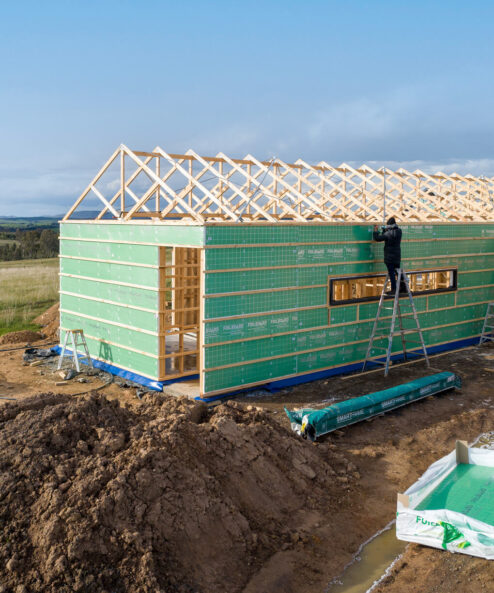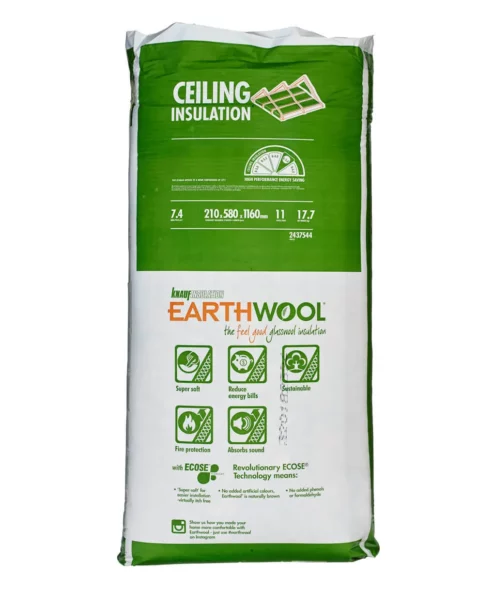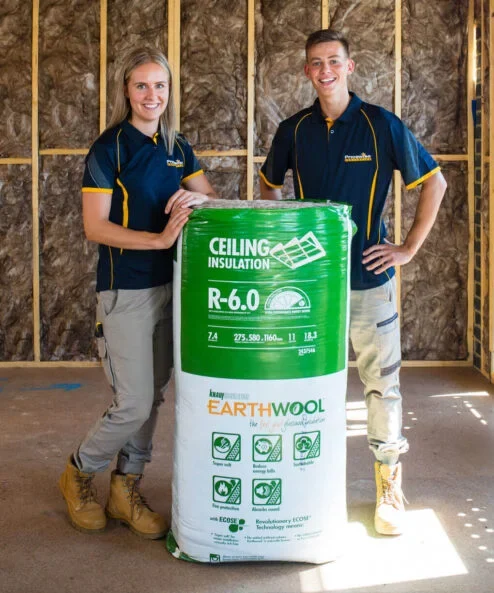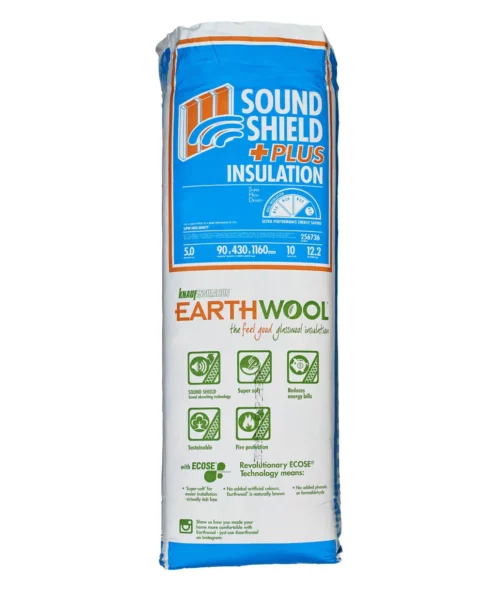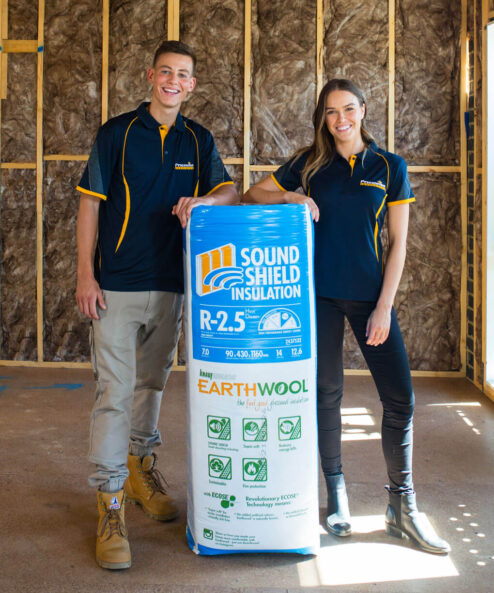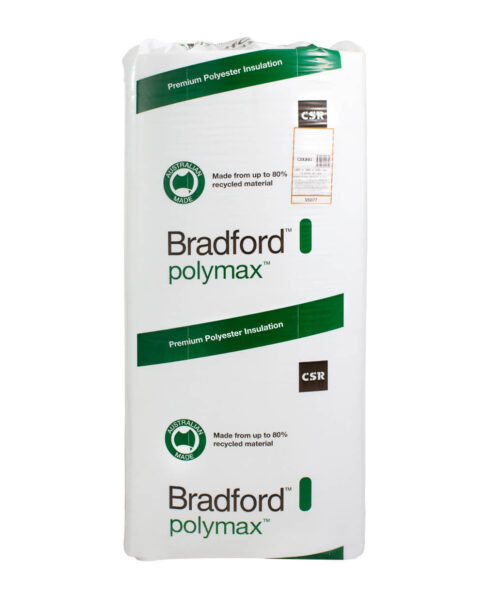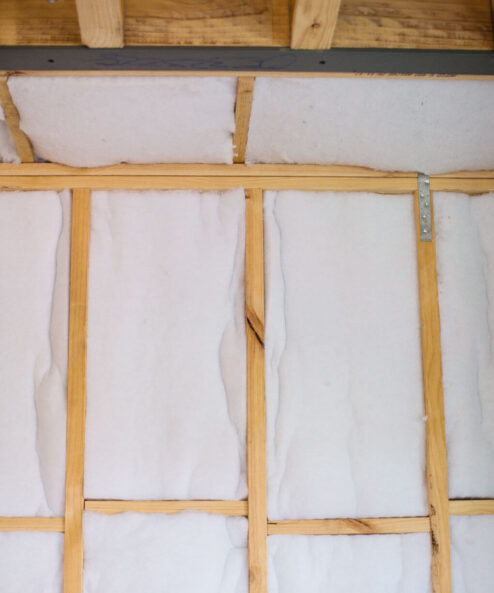Insulation Tips
The Ultimate Insulation Questions & Answers: FAQ
Got questions about insulation? We have answers!
Below you’ll find a list of some of the most common questions about insulation as well as further reading material. If you can’t find the answer you’re looking for, be sure to reach out to our team of experts at Pricewise Insulation. We’d be happy to help.
How Does Insulation Work?
Although there are several different types of insulation, they all function on the same basic principle: slowing down heat transfer. Heat usually moves from places of high heat energy to places of low heat energy until it is an even temperature everywhere. Insulation resists this movement of heat to help keep your indoors cooler when it’s hot outside and warmer when it’s cold outside.
Read more – How does insulation work?
What Does R-Value Mean?
The R-Value of an insulation product indicates how effective it is at resisting heat transfer. The higher the R-Value, the greater the insulating power the product has. Or in other words, the higher the R-Value, the better job the insulation will do at keeping your home at a comfortable temperature.
What R-Value Do I Need?
Factors such as where in the home you’re installing insulation, your local climate and your budget should all be considered when choosing R-Value. If you are building a new home then you will need to meet the minimum requirements in your energy report, however you may choose to upgrade to a higher R-value in order to maximise your energy savings. In general, we recommend the following R-Values:
- R2.0 or R2.5 insulation for external walls. For cooler climates such as in Melbourne, Sydney and Adelaide we recommend R2.5.
- R2.5 or R2.7 acoustic insulation for internal walls.
- A minimum of R4.0 for ceiling insulation. For cooler climates such as in Melbourne, Sydney and Adelaide, we recommend upgrading to R5.0 or R6.0 for ceiling applications.
- A minimum R4.0 for insulation between floors.
- R2.0 or R2.5 for underfloor insulation.
Read more – What does R-Value mean? How much do I need?
Does My Home Need Insulation?
All homes need, or a least benefit from, thermal insulation. It is the easiest and most cost-effective way to regulate temperatures inside your home and reduce your electricity usage. Homes that are not insulated lose heat very quickly in winter and gain heat rapidly in summer.
What Are The Benefits of Insulating My Home?
Insulation provides many benefits including:
- More comfortable indoor temperatures
- Reduced energy use
- Increase financial savings
- Lower environmental impact
- Acoustic benefits
- Fire resistance
- Moisture prevention
- Improved value of property
Read more – Benefits of thermal Insulation
What Areas Of My House Should I Insulate?
For the greatest thermal and financial benefits, you should install insulation in the roof, ceiling, walls, floors and between storeys of your home. If you have a limited budget and need to prioritise, the ceiling and roof are the most important, followed by the walls and then the floors. If you are building a new home then check your energy report to see which areas will have to be insulated in order to meet Australian building standards.
Do Floors Need Insulation?
Floors should be insulated as they can lose or gain up to 20% of a home’s heat. Even if your floors are sealed, heat can still escape without adequate floor insulation. Underfloor insulation will improve comfort inside your home and help you save on energy consumption.
Read more – Reasons to Install Underfloor Insulation
Should I Insulate Between Floors Of My Double Storey Home?
There are many benefits to installing mid-floor insulation between the ceiling of the ground floor and the floor of the second story. The most significant benefits are the noise reducing effects and the ability to create thermal zones within the home.
Read more – Do I need insulation between floors?
What’s The Best Time To Install Insulation?
During renovation or construction are the best times to install insulation. That’s because the cavities are open and easy to access during these times. Once walls and ceilings are plastered or sealed up, it becomes much more difficult or impossible. If you are renovating or building – now is the time to install insulation.
How Much Insulation Do I Need?
To estimate how much insulation you will need for your project, you should calculate the square meters of coverage required. Simply calculate the area (length x width) of your wall or ceiling and minus the area of any windows or doors. If you’re not sure, get in touch with us at Pricewise Insulation and we can help.
Read more – Understanding how much insulation is needed per square metre
How Much Does Insulation Cost?
The cost to insulate your home depends on the size of your home, the type of insulation you buy, the R-Value, whether you have existing insulation and whether you decide to hire an installer or do it yourself. Insulation is actually less expensive than most people realise. In most cases your once-off, long term investment will help you see savings immediately and recover the costs in only a couple of years. For an accurate cost estimate for your project, get in touch with the team at Pricewise.
Does Insulation Have An Expiry Date?
Insulation products don’t have an expiry date per se, but just like many other materials in your home, they will slowly become less effective as time goes on. High quality products installed effectively will perform for longer but factors such as extreme weather, mould and rodent infestations can reduce the lifespan. Check the warranty of your insulation product for a good indication of how long it will last.
Read more – Does insulation have an expiry?
When Does Old Insulation Need To Be Replaced?
Insulation should be replaced when it is no longer effectively regulating temperatures inside your home. Warning signs of under-insulated homes include uncomfortable indoor temperatures, difficulty heating or cooling your home, fluctuating temperatures, cold draughts and increasing power bills.
Read more – How to Replace Ceiling Insulation
Can I Install New Insulation Over Old Insulation?
Yes, in some cases it is perfectly fine to install new insulation over old insulation. Old insulation will usually have a significantly reduced R-Value, but every little bit can help. However, if old insulation is infested with rodents or damaged by water or mould, it should be completely cleared out before new insulation is installed.
Read more – Topping up Insulation
Which Insulation Is Best?
There are many different insulation products from bulk insulation batts and rolls to foil backed insulation, foam boards and acoustic insulation. The best type will depend on the requirements of your project. For more information about the different types of insulation, click on the link below or get in touch to discuss your project with our insulation experts.
Read more – Comparing different types of insulation for your home
What Are The Best Insulation Brands?
At Pricewise Insulation, we supply a wide range of some of the best insulation brands such as Knauf Earthwool, Bradford, Pink Batts, James Hardie and Autex. The best choice for your project will depend on your budget, the nature of your home and any preferences you have about the insulation product’s properties. For example, Australian-made, asthma-friendly, fire-proof, environmentally friendly production etc. You can find lots of information about the brands we supply on our website. Alternatively, get in touch with our team and we’ll be happy to help.
Are There Eco-friendly Insulation Options?
Installing insulation is one of the best ways to make your home greener. All insulation helps passively regulate temperatures in your home and reduces your energy consumption. However, there are a range of insulation options which use manufacturing processes and materials which are kinder to the environment. One of the most popular is Knauf Earthwool Insulation which is manufactured using a sustainable bio-based binder instead of relying on harsh chemicals.
Read more about Earthwool – What you need to know about Earthwool Insulation and ECOSE Technology
Can Wall And Ceiling Insulation Be Interchangeably Used?
Ceiling insulation is too wide and bulky to be installed in wall cavities and may damage the plaster by expanding wider than the cavity. In some cases, wall insulation can be used in the ceiling. However, care should be taken that the minimum R-Values are met as wall insulation tends to have lower R-Values than ceiling insulation.
Read more – Difference between wall and ceiling insulation. Can they be interchangeably used?
Does Insulation Help Reduce Noise?
Specialised acoustic insulation can significantly reduce noise transfer. When installed in the internal walls, it will reduce the amount of sound travelling between rooms. Installed in the external walls it will help keep outside noises, such as traffic or neighbours, from entering the home.
Read more – How does Acoustic Insulation reduce noise?
What’s The Difference Between Thermal And Acoustic Insulation?
Thermal insulation restricts heat transfer whereas acoustic insulation is specially designed to restrict sound transfer. Thermal acoustic insulation provides effective thermal and acoustic properties and is thicker and more dense than traditional thermal insulation.
Read more – Difference between thermal and acoustic insulation
Expanding Foam Vs Insulation Batts – Which Is Better?
Insulation batts are a type of bulk insulation that come pre-cut to fit in the walls, ceilings and floors of most Australian homes. Expanding foam (aka spray foam insulation) is a chemical based insulation that is installed by a professional using specialised equipment. On a number of factors such as performance, safety, value and sustainability, insulation batts out-perform expanding foam insulation.
Read more – Expanding foam vs insulation batts- which is better?
Can I Install Insulation Myself?
Yes, bulk insulation can be installed as a DIY project and is fairly easy to handle. If you decide to DIY, it’s important that you read about how to carry out the installation effectively and safely. Equipment such as safety glasses, gloves, dust mask and long sleeves are highly recommended.
Read more – Insulation installation – do it yourself
How Long Does It Take To Install Insulation?
Installation times depend on how big the space is that you’re insulating, how easy it is to access, how much experience you have and how many hands you have helping out. Typical mid-size projects such as floors or ceilings can usually be completed in half a day by a team of professionals. If you are planning a DIY installation, make sure you read up on how to do so safely and effectively.
Is Insulation Safe To Handle?
Most types of insulation are safe to handle when the necessary precautions are taken. Glasswool (fibreglass) products may cause irritation to the skin and eyes, so safety glasses, dust mask and gloves are recommended while handling. Thanks to advanced technologies, brands such as Knauf Earthwool are less itchy to handle than other glasswool insulation. Some products, such as blown insulation, require a professional to install it due to the use of chemicals and specialist equipment.
Read more – A Safety-First Approach to Insulation
Does Insulation Burn? Is It A Fire Safety Hazard?
Insulation products are required to meet fire safety standards in Australia. Brands such as Kingspan and Knauf offer non-flammable products which will not catch fire if exposed to flames. Other brands such as James Hardie and Bradford Fireseal offer fire-proof insulation products which help prevent the spread of fire and do not produce any toxic smoke.
Does Insulation Stop Mould?
When installed correctly, insulation can play a role in reducing condensation and mould issues. This is because insulation helps regulate internal temperatures which prevents the build up of moisture. Other factors that should be used to help prevent moisture issues include adequate ventilation and humidity levels in your home.



